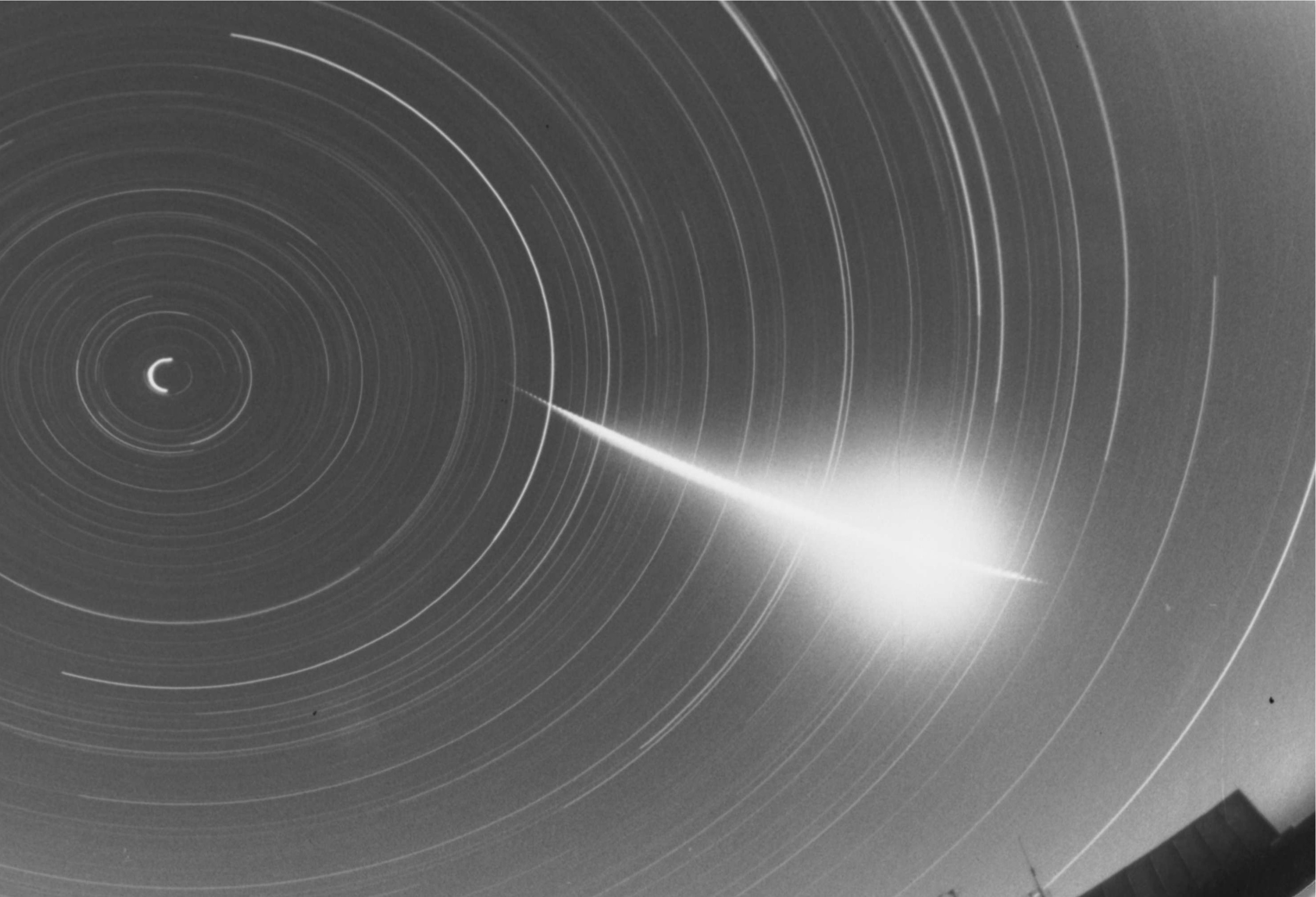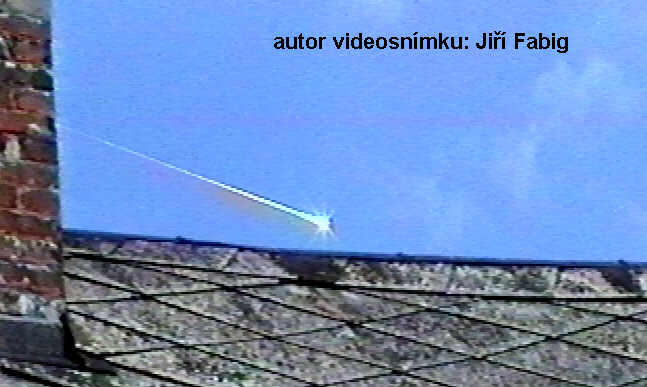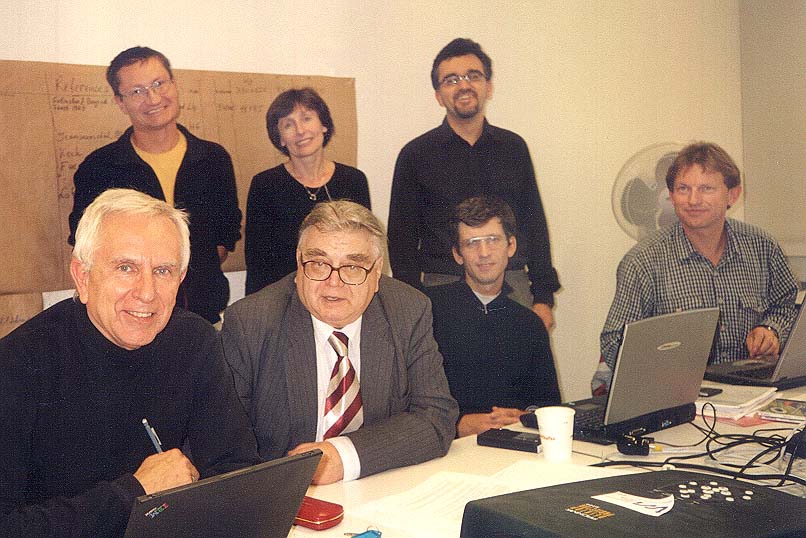
An ISSI team has been developed to study a rare but growing class of fireballs: those from which solid meteorites have been recovered on the ground. Fireballs are caused by relatively large meteoroids (tens kg or more) passing through the atmosphere. Throughout history, many have been described, often involving explosions and noise. Generally, however, eyewitnesses are tens of kilometers from the “target” area where meteorites fall. Tracking of the fireball and determination of the target area are typically poor, and the meteorites themselves are not recovered. Starting with the Príbram fireball which fell in the Czech Republic in 1959, the fireball path was well documented by photography, and meteorites were recovered.
More recently, increasing numbers of video cameras in use at any time, has produced cases of fireballs photographed by onlookers (as well as meteorite photo-networks in some cases), as shown in Figures 1 and 2. This allow detailed triangulation of the fireball flight path, and prediction of the meteorite fall site. This in turn has produced a rapid increase in the number of fireballs from which samples have been collected. The total number of fireballs that produced meteorites is presently 9, but rapidly increasing as shown in Figure 3.

Figure 1. Photograph of a fireball Jan 21 1999 from Czech
station No. 16 of the European Fireball Network camera system.
The final mass was estimated to be smaller than in the 9 events
studied by our team, and fragments were not recovered.

Figure 2. Two frames from amateurs video of the Moravka daylight
fireball of May 6, 2000, over Czech Republic. Six fragments were
found. These two and another video of Moravka allowed
measurement of the trajectory.

Figure 3. Rapid increase in the number of well-tracked fireballs
yielding meteorites is shown in this plot of cumulative cases as a
function of time. From such data, we can predict a total of 20
cases within perhaps a decade.
This circumstance creates a new branch of meteoritics – the comparison
of the “ground truth” properties of the solid samples, of various
meteorite classes, with their behavior during atmospheric entry.
In recognition of this Olga Popova (Institute for Dynamics of
Geospheres, Moscow) organized the following team in 2004 to study these
cases:

Our group is shown during our first meeting in Figure 4.
The present report gives results through our second meeting, May
2005. We are collecting and comparing data on the 9
meteorites, explosive behavior, and trajectories.

Figure 5. Fireball/meteorite team, meeting at ISSI in October,
2004.
Standing, left to right: Edwin Gnos, Olga Popova, Josep Trigo-Rodriguez.
Sitting, left to right: William Hartmann, Ivan Nemtchinov, Jiri
Borovička and Pavel Spurny.
The most exciting result of our work is that in all available cases,
the first explosions observed in the high atmosphere occurred when the
pressure and stress on the incoming body were much less than the
strength of the rocks collected on the ground. This means
that the meter-scale meteorite bodies in space had very low strength,
probably because they were highly fractured from impact events prior to
their arrival on Earth. Collisional impacts in the asteroid
belt and heavy fracturing of asteroidal material has long been accepted
theoretically. We propose that the meter scale bodies were
heavily fractured when they were ejected from parent asteroids during
collisions, and tend to blow apart along the fractures, forming the
more coherent rock specimens found on the ground.
This work thus tells us important stories about the nature of
meteoroidal bodies in space. It supports the idea that even
modest scale asteroids, which may be visited in future space missions,
are fractured. This may make it easier to obtain samples or even useful
materials, such as metals, from such bodies.